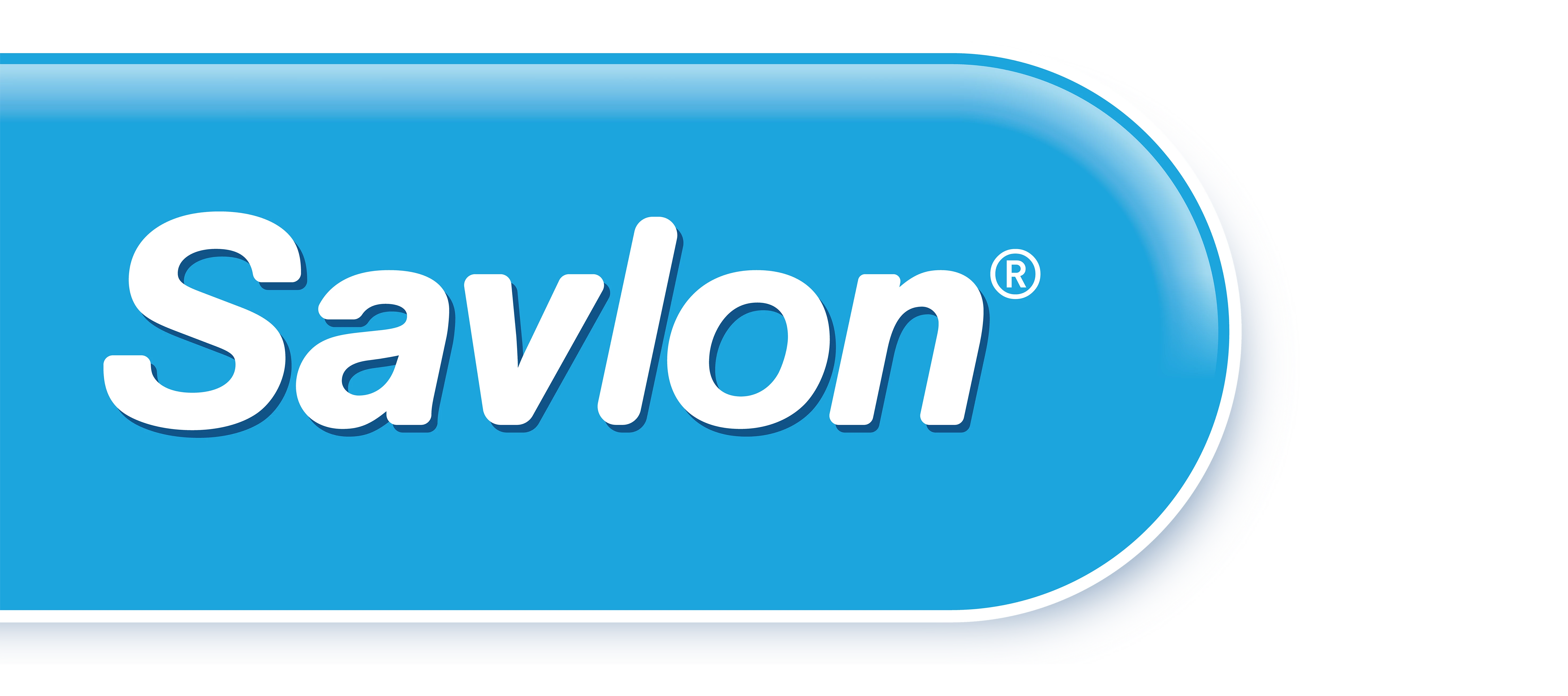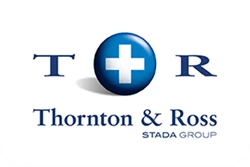Bumps to the head
We all want our adventurers to stay safe. While bumps to the head may be more common in younger children finding their feet, it’s still important that older children recognise the dangers. Sports and outdoor games may be hazardous for 7 to 11-year-olds, so you can help them to stay safe by teaching them what to do in an accident.
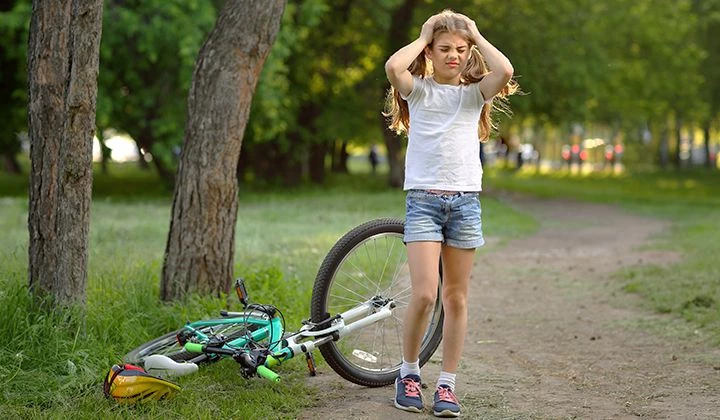
Keeping your children safe
Thankfully, up to nine in 10 head injuries in young children are minor. They are most common with physical activities such as sports, but there can also be hazards around the home. If your child is taking part in sports, give them appropriate protective gear such as cycling helmets. You should also look for trip hazards in the home such as toys or low furniture.
Remember to keep children away from any DIY or construction work that is going on in your home. Falling objects could also present a hazard, so ask your child to respect the ‘child-free zone’, similar to how you would when cooking.
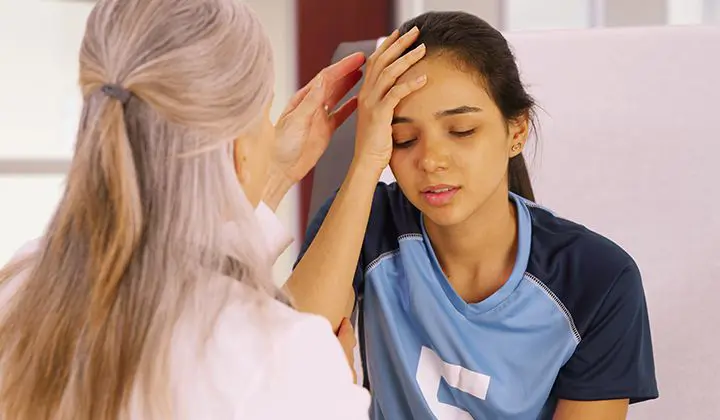
What to do if your child bumps their head
Head injuries can be minor or more serious. Older children will be able to communicate how they’re feeling, but they may still feel distressed.
First, you should try to ease the swelling by applying a cold compress to the bump. You can use a ready-made compress from the fridge or wet a towel or flannel. Hold the compress against the bump for 10 minutes and try to comfort your child with reassuring words.
For the next few days, keep an eye on your child’s behaviour. You should encourage them to tell you if they are feeling sick or dizzy, as this could be a sign of a concussion. You should also discourage contact sports or rough play. Paracetamol is fine in recommended doses but avoid ibuprofen and aspirin.
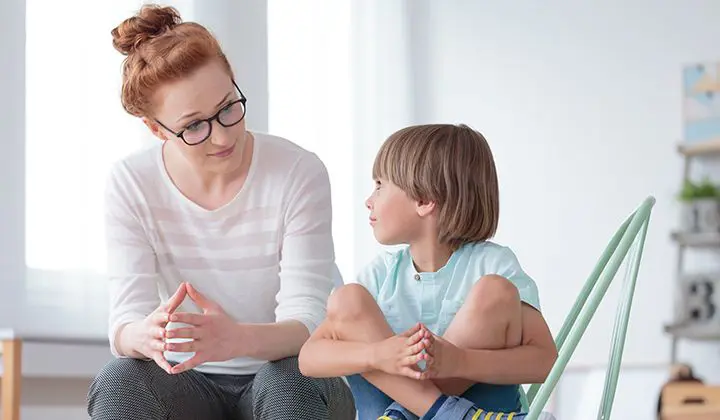
Recognising the symptoms of concussion
With more serious injuries, your child may have a concussion. This is when a bump or blow to the head causes the brain to move rapidly back and forth, resulting in chemical changes. Concussions always need medical attention, so both you and your child should learn to recognise the symptoms.
Ask your child if they are feeling sick or dizzy, as this may not be immediately obvious. Other symptoms of concussion include drowsiness, slurred words, or even loss of consciousness. You can teach your child to recognise these symptoms in others by using a teddy to roleplay.
Pay attention to their behaviour for the next few weeks. If you leave your child with a carer, make sure you let them know about the bump on the head, and keep teachers informed.
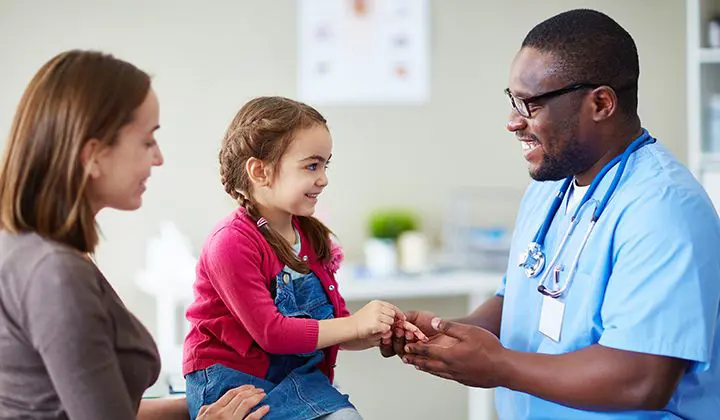
What to tell your doctor
If you do need to visit a doctor, he or she will ask you some questions about your child’s injury. Your child may be feeling dizzy or confused, so it’s important that you answer all questions where possible.
Your doctor may ask you what surface your child has fallen onto, or if they fell from a height. They will also look for signs of bruising, swelling, indentation or bleeding. They will ask about memory loss, speech and general awareness.
Visiting the doctor may be overwhelming and frightening for a young child. Bring their favourite toy or comforter, and offer them words of assurance while you’re waiting. Ask the doctor what they need to do, for example checking your child’s ears for bleeding, and warn your child to keep them calm.
Quiz time for parents
Which of these could mean concussion?
Congratulations
You've now learnt all about bumps to the head and how to treat them - you're ready to move on to 'burns'!
